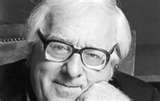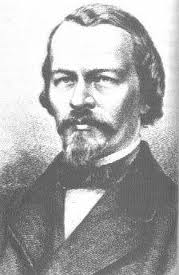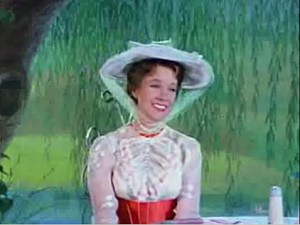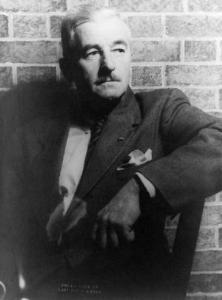Perhaps your name isn’t Bob, but this post could still be for you, if you’re a beginning fiction writer. One of the difficult parts of writing is creating believable dialogue, and one of the easy traps to fall into is called As You Know, Bob, or AYKB.
It stems from the writer’s need to convey information about the world of the story to readers who don’t know it yet. Dialogue between story characters might seem like the perfect opportunity to convey the information, since dialogue stands out more than long, narrative paragraphs. Trouble is, the characters are already in the story’s world, and already know about it.
Advertisers fall prey to AYKB too, often in radio ads. Frequently you hear ads like this:
“I really enjoy Company XYZ. Their product is superior to all competitors.”
“Yes, and I also like their friendly, knowledgeable staff.”
“And how about XYZ’s convenient location, right downtown at the corner of A Street and B Avenue?”
Advertisers have a limited time to convey information, and they know we pay attention to conversations more than we do to a single, blabbing announcer. Problem is, the conversation above is just plain stupid. People don’t talk that way. In fact, we listeners often feel so insulted by such ads that we start to wonder if Company XYZ’s product can be any good if their ads are so terrible.
The same situation applies to your fiction writing. Readers will be turned off if your characters talk like that; there’s plenty of good fiction by other writers they could be reading.
How do you avoid the AYKB problem in your writing, especially since it’s such an easy trap? Review your character’s dialogue and ask yourself if that’s something someone already in the story’s world would say. Is it realistic and believable? Get inside your character’s head and cut the dialogue down to only what the characters would really say.
Of course, you still have the information to convey. The best way to do that is bit by bit, with small amounts of narration or (better) action accompanying the dialogue. Use the minimum amount necessary for the reader to understand the world of the story. You’d be surprised how fast the reader will catch up and understand the world of the story with only teaspoonfuls of information sprinkled in from time to time.
AYKB is a well-known writing problem, and is part of a lexicon of writing problems known as the Turkey City Lexicon. If you search you’ll find several listings and explanations of the many entries in the lexicon.
Good luck in your efforts to strengthen the dialogue in your writing. And I can’t resist closing by saying: As you know, Bob, I’m —
Poseidon’s Scribe












